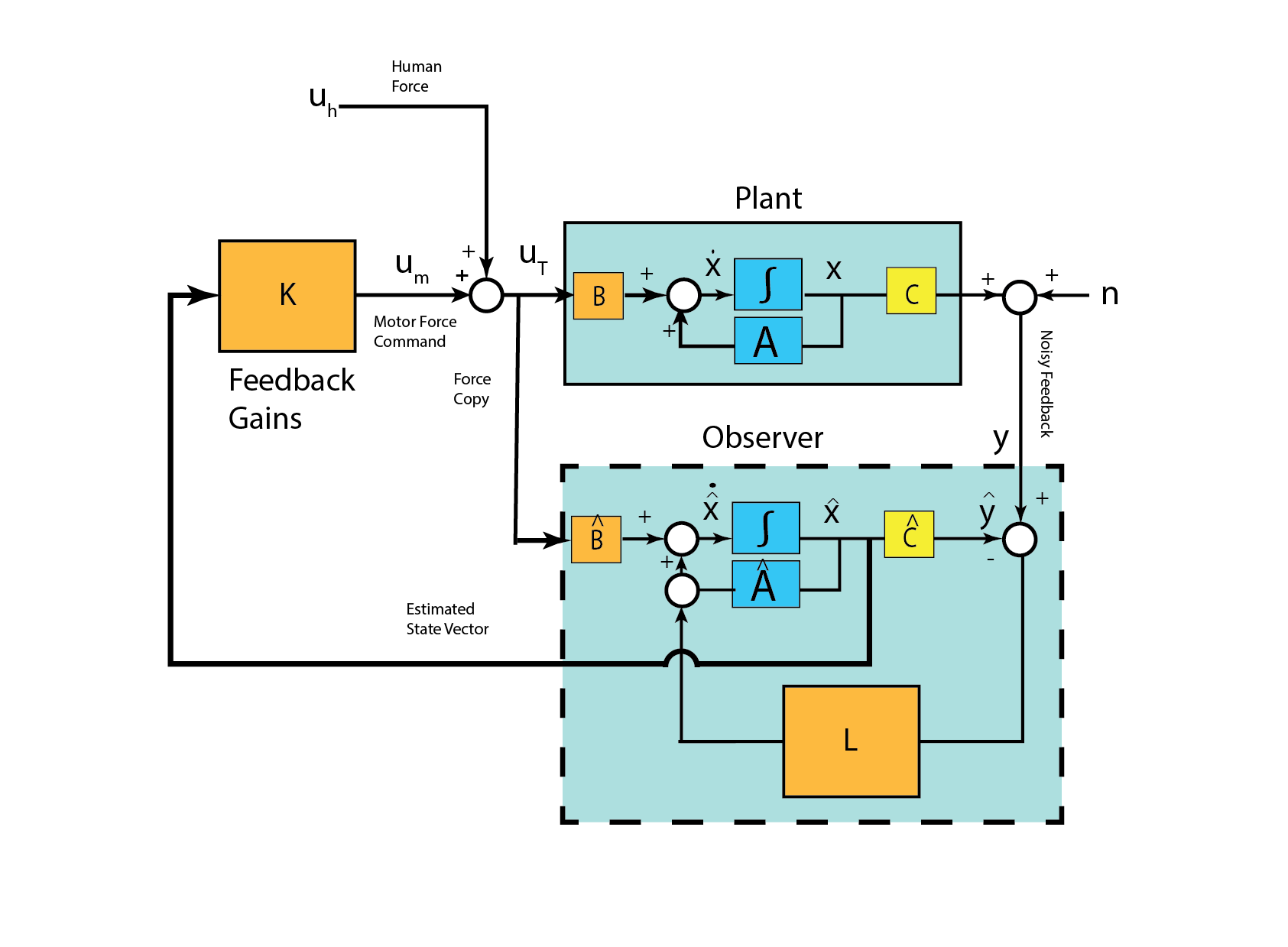This work is motivated by the premise that haptic rendering should exploit the highest quality information available—including both measured states and externally applied forces—to deliver accurate, responsive physical interaction. Traditional filtering approaches aimed at reducing high-frequency noise often undermine this goal, particularly when rendering environments with higher-order dynamics (e.g., velocity and acceleration effects) or when conveying high-frequency events like contact transients in teleoperation. By using an observer-based formulation, this framework enables state estimation that is informed by available effort signals (e.g., motor commands or force sensors) while preserving critical dynamic features of the environment. The analysis reveals that while virtual inertia and damping—positive or negative—can be rendered safely and usefully, full cancellation of physical inertia leads to a drop in system order, introducing severe noise sensitivity. This exposes a fundamental trade-off in haptic rendering: the desire for dynamic fidelity must be balanced against the risk of noise-induced distortion, and observer design must incorporate safeguards based on system uncertainty to maintain robust, high-bandwidth interaction.
